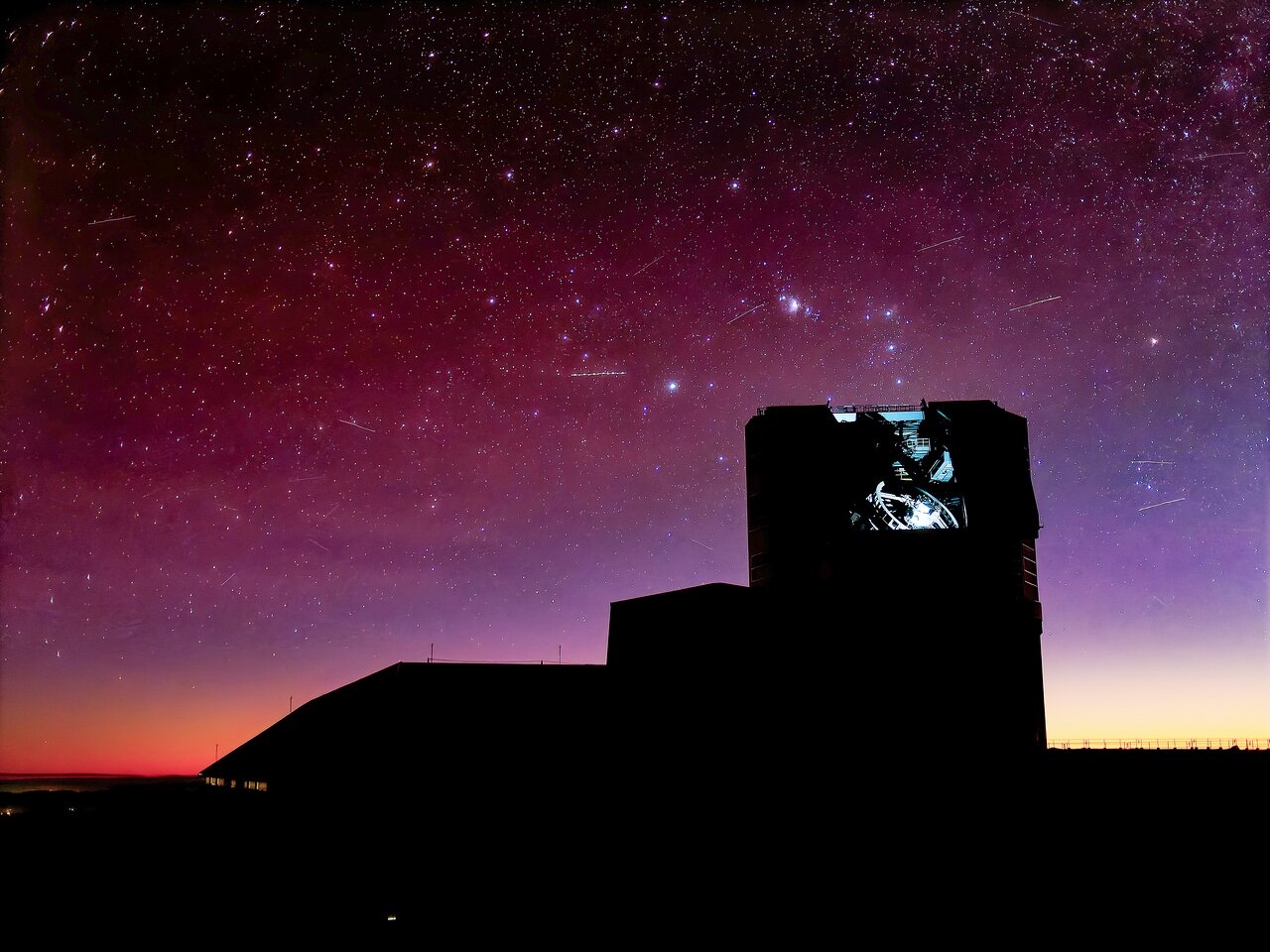The developers of large satellite constellations have indicated that achieving the brightness goals set by astronomers may be infeasible. This challenge raises concerns regarding the impact of these satellites on astronomical observations. Organizations such as the International Astronomical Union have established these goals to mitigate light pollution caused by satellite networks.
During a recent conference held in Washington, D.C., industry leaders discussed the complexities surrounding the implementation of these brightness standards. Companies like SpaceX and OneWeb are at the forefront of deploying large satellite networks, yet they face significant technical hurdles in adhering to the requirements established by astronomers.
Technical Challenges in Reducing Brightness
The brightness goals aim to limit the visibility of satellites in the night sky. Currently, these satellites can interfere with ground-based observations, complicating efforts to study celestial events. According to a representative from NASA, “We have made advances, but the reality is that meeting these brightness levels is a technical challenge that we have not fully overcome.”
The International Astronomical Union has urged satellite operators to collaborate more closely with astronomers to find solutions. Nonetheless, many developers have expressed skepticism about the feasibility of meeting these standards. The complexity of satellite design, along with the sheer number of planned satellites, presents barriers that appear daunting.
Recent projects, including those by Amazon, have also faced scrutiny. As these companies continue to expand their satellite fleets, the need for effective solutions becomes increasingly urgent. The implications for astronomical research could be significant if these brightness goals remain unmet.
Potential Solutions and Industry Response
Some developers are exploring various strategies to minimize brightness. These include designing satellites with darker surfaces and adjusting their orbits. However, experts argue that such measures may only provide limited relief. A comprehensive approach involving technological innovation and regulatory support may be necessary.
Astronomers remain hopeful that ongoing discussions will lead to improved practices and standards. The dialogue between satellite operators and the astronomical community is vital to finding a balance between technological advancement and the preservation of the night sky.
As the industry evolves, it will be crucial for satellite developers to prioritize these discussions. The future of astronomical research may depend on finding a workable solution to the brightness issue, allowing both satellite technology and science to thrive without compromise.
